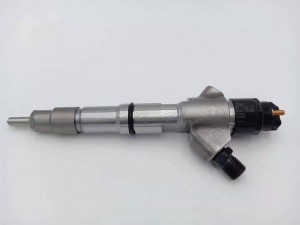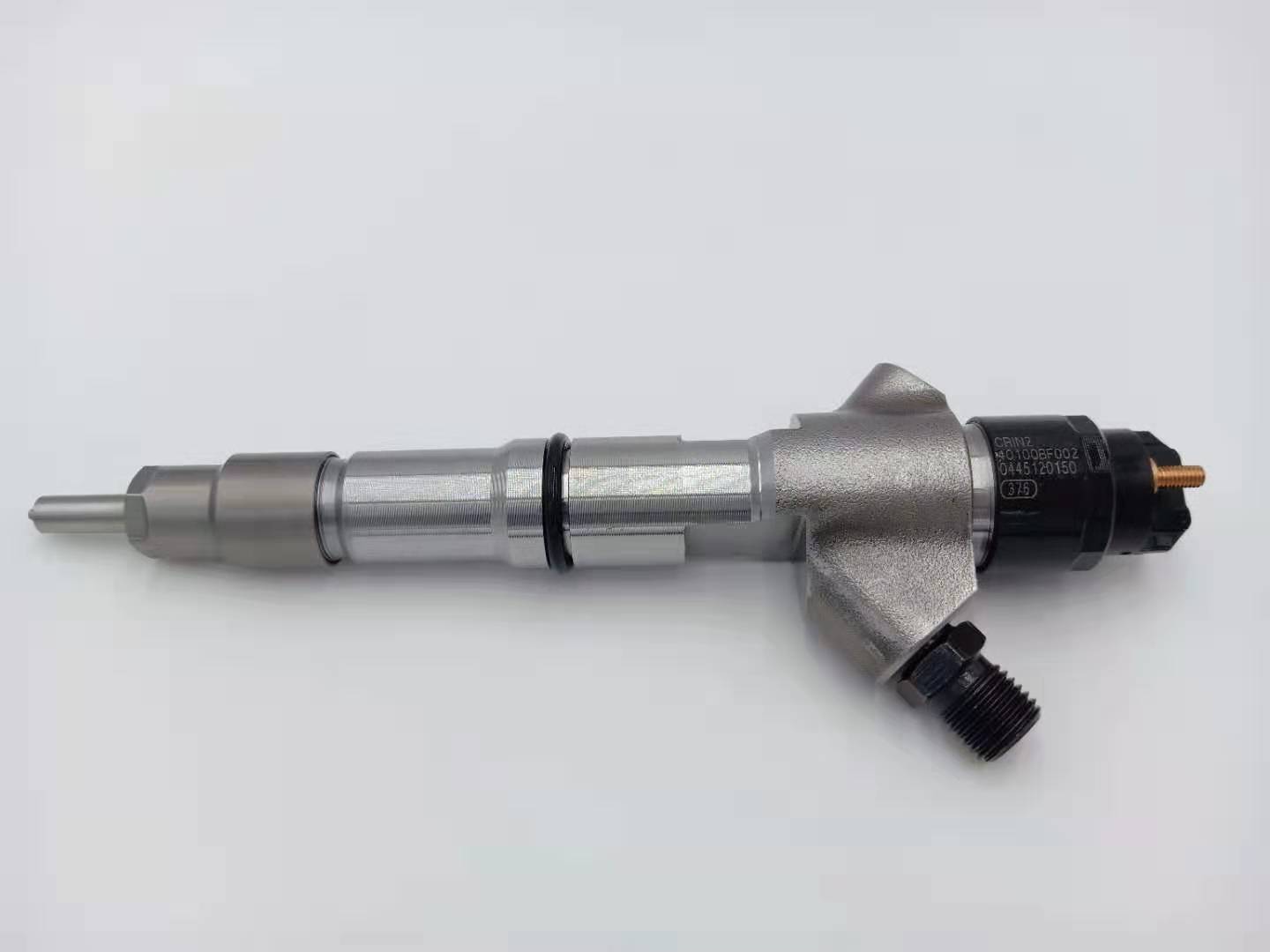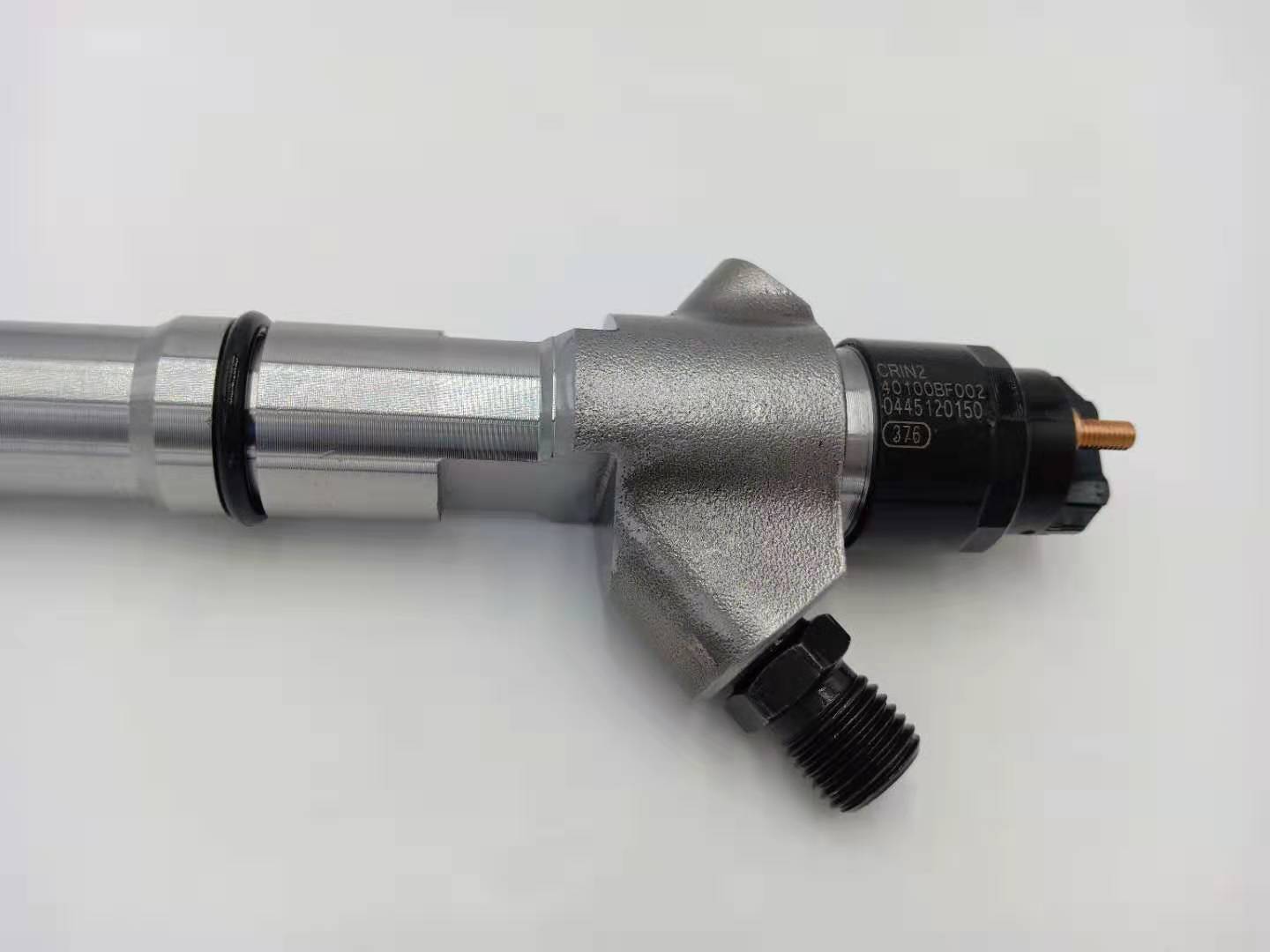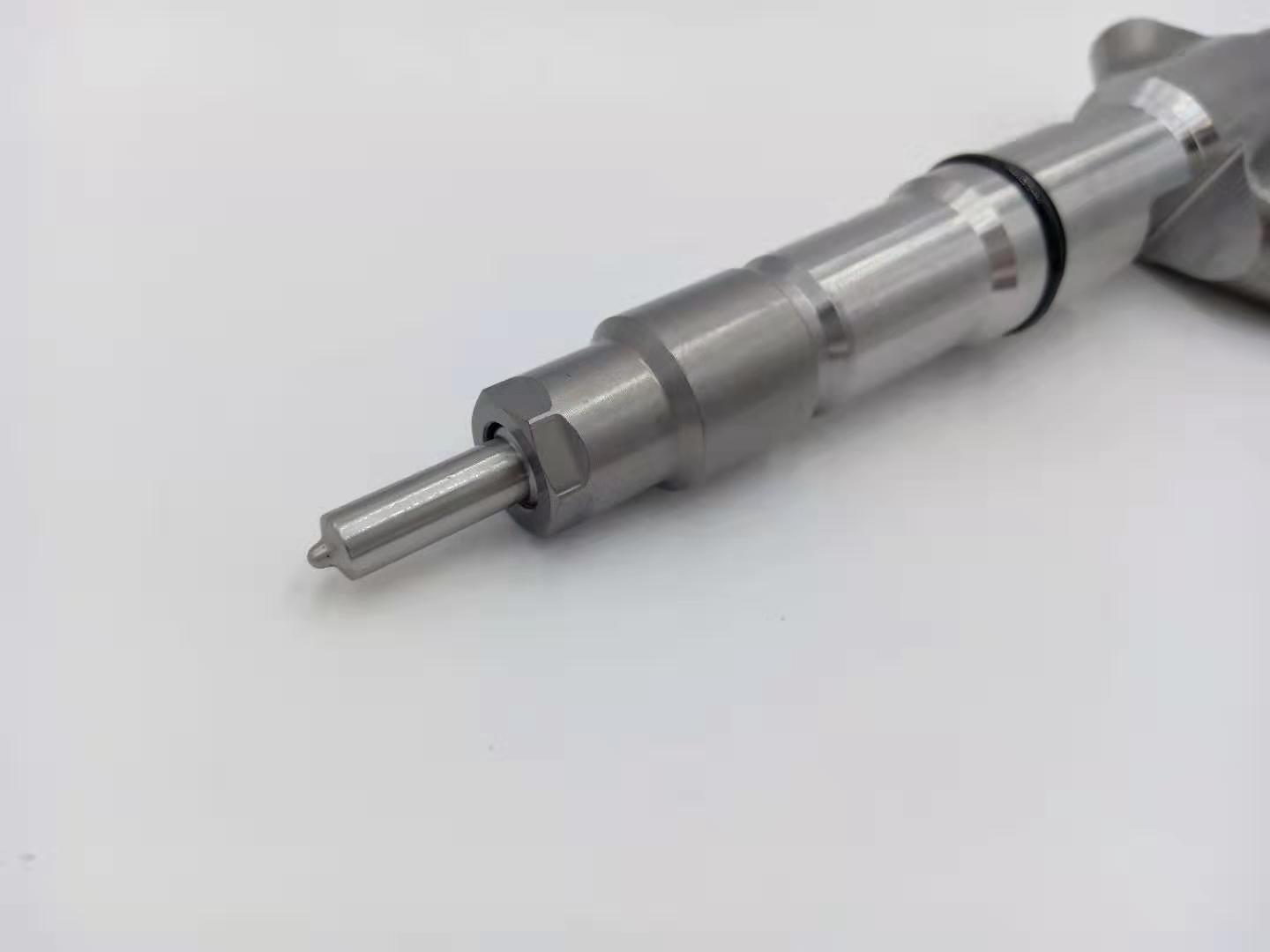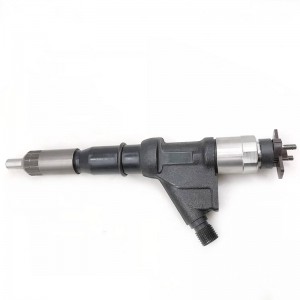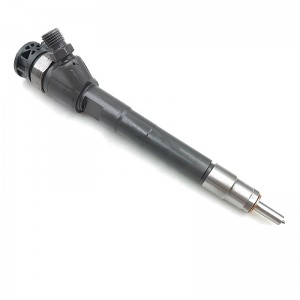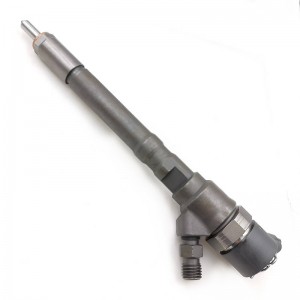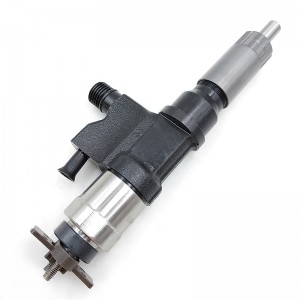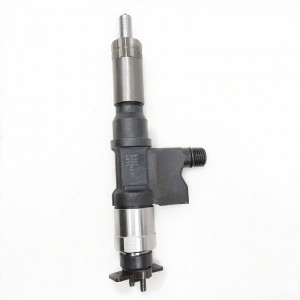Diesel Injector Fuel Injector 0445120150 Bosch for Weichai 6.2 Engine
Cavitation Inside High-Pressure Optically Transparent Fuel Injector Nozzles (PART 6)
During the entire injection period, wall cavities appear on the side of the orifices furthest away from the injector body, where the inlet corner is sharper. The cavities extend almost all the way to the orifice exits, where they shed clouds that perhaps survive outside the injector body. No evidence of string cavitation in the sac volume can be seen, although vorticity is evident in the high-speed videos.
Even without string cavitation, transient cavitation cloud shedding appears on the side of the orifice opposite the standing wall cavity in the orifice with the larger inclination angle from the central axis of the injector. The standing wall cavity in this orifice exists along the entire orifice inlet edge, so perhaps these clouds are shed from the wall cavity, in which case they would be a result of geometric cavitation.
An important difference between this injector and other injectors in past studies is the absence of a needle. The stationary stop shaft is hollow, and so the largest vortex in the sac volume actually exists at the farthest axial position in the sac volume, where the flow turns back upstream to enter the nozzle orifices. String cavitation between the orifices was not observed in these studies.
When the nozzle failed, the sac volume pressure would drop suddenly, and this was seen in the sac volume pressure measurement. The ultimate pressure that the final design could withstand was 600 bar. While this injection pressure isn’t as high as some past studies, the nozzle orifices of this design are unusually large.
4 Conclusions
An optically transparent fuel injector nozzle was designed using an approach which evaluated more carefully the nozzle’s propensity for failure due to the materials used in its construction.




